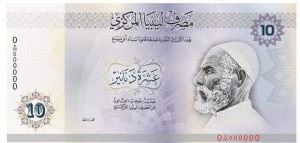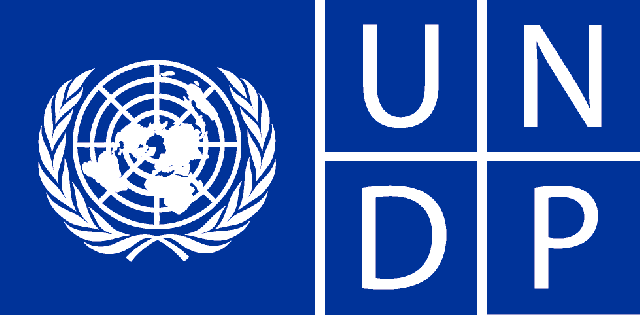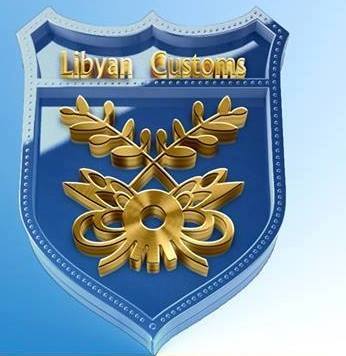By Sami Zaptia.

London, 5 May 2016:
The black market dollar exchange rate passed the LD 4-mark yesterday after remaining below LD 4 for weeks . . .[restrict]as a result of the optimism associated with the arrival of PM designate Faiez Serraj and his Presidential Council (PC)/Government of National Accord (GNA) to Tripoli on 30 March.
The dollar was selling for as low as LD 2.70 on 2ndApril, three days after Serraj’s arrival in Tripoli.
It had previously reached an all-time high, not reached even during the Qaddafi Lockerbie embargo era, of LD 4.50 on 9th March following a raid on the money market in the Old Medina Souk. The official exchange rate of the dollar is LD 1.30 to 1.40.
Critics attribute the rise of the dollar exchange rate to a number of variables. For one, the fundamentals of the Libyan economy have remained unchanged in the short period since the arrival of Prime Minister-designate Faiez Serraj to Tripoli.
The most important of these is Libya’s rate of oil production/export and the international price of crude oil. Libya is still only producing around 27 percent of its peak 2012 production of 1.5 million barrels per day. The low production is caused by the closure of oilfields by the regional militia leader and Petroleum Facilities Guard (PFG) Ibrahim Jadran.
Libya still suffers an annual budget deficit as state spending outstrips revenue. Despite efforts by Libyan authorities to reduce spending on state-sector salaries and subsidies, these still weigh heavy on the annual budgets. Libyan governments have had to continue to make up the budget shortfalls from foreign currency reserves amassed over previous decades by the Qaddafi regime.
Another factor blamed for contributing to the rise in the dollar exchange rate is the cash shortage crises that Libya is going through. Most banks have imposed monthly cash withdrawal limits that have ranged from LD 250 to LD 450 by various banks over the last three months.
These cash withdrawal limits have increased the loss of confidence in the politics and economy of Libya. Some Critics cannot agree if the cash withdrawal limits are the cause or effect of Libyans choosing to hoard their cash at home.
Libya’s Audit Bureau, the country’s state institution watchdog, on the other hand, has put the cause of the cash shortage to political and security factors.
In its 2015 Annual Report, it blamed the cash shortage on the loss of confidence by the Libyan public in the political and economic situation in the country. It does not accept that it is caused by monetary factors. It also sees the cash shortage as a banking system failure.
The Central Bank of Libya (CBL) has received newly printed money from Britain recently and it has been leading a marketing drive to encourage Libyans and retailers to use debit cards via POS systems, moving away from using cash. Ironically, some money traders have told Libya Herald that the availability of cash means demand for the dollar has increased, contributing to the rise of its exchange rate.
Politically, the failure of the House of Representatives (HoR) in Tobruk, Libya’s internationally recognized parliament, to vote on the GNA has also contributed to Libya’s political limbo. The HoR is supposed to have voted on the GNA within days of the signing and approval of the UN-brokered Libyan Political Agreement (LPA) signed in the Moroccan city of Skhirat in December 2015.
The LPA was a compromise agreement that brought together the two warring parties in Libya, the rump of the General National Congress coalition in Tripoli and the Tobruk-HoR and its government in Beida into the unified PC and GNA.
As noted earlier, the dollar exchange rate had fallen upon the arrival of Serraj and his PC/GNA to Tripoli. However, a month on, Serraj and his PC/GNA are still fortified in Bu Sitta Naval Base despite taking over more ministerial buildings and venturing out into Tripoli for choreographed walkabouts.
His failure to move out of Bu Sitta and into the Prime Minister’s official office in Sikka Road is signaling that the security situation in Tripoli is still uncertain. The continued reports of Tripoli kidnappings and incidents seem to support the view that the only truly secure part of Tripoli is the so called Bu Sitta ‘’Green zone’’.
The issue of the liberation of the city of Sirte from IS/Daesh has also become a potential destabilizing factor as opposed to a unifying one as the contending sides seek to use the issue to consolidate and advance their political positions. The clashes in the central region of Zala threatened to sink the whole LPA.
The recent Distya Ameya and Seachance oil tanker incidents are also sending negative signals on Libyan political unity and stability. They indicate power plays by the contending sides over the control of Libya’s oil revenues.
They also reflect the de facto control over Libya’s oil revenues by Tripoli in the west, as hydrocarbon revenues continue to arrive through historical oil contracts via the Libyan Foreign Bank and CBL in Tripoli – and not in the east.
On the other hand, most of Libya’s oil production comes from oilfields under the de facto control of the eastern authorities. The refusal to allow the oil tanker Seachance to load at Tobruk’s Hariga oil port was seen as power play by the east flexing its muscle and using its ultimate leverage and power card – the oil card.
All-in-all, critics fear that Faiez Serraj’s honeymoon period could be over as his ‘’government’’ has failed to change the basic fundaments on the ground of low oil production and hence state revenue, limited supply of dollars on offer and the failure of the HoR to vote-in the PC/GNA.
Currency sellers have warned that unless some of the fundamentals change soon, the black market dollar exchange rate could hit unprecedented highs in Ramadan (June) and summer school holidays as many Libyan families seek foreign currency to travel abroad. [/restrict]








